Trek the Himalayas and explore stunning trails, from Everest Base Camp to the Markha Valley. Discover essential tips, best routes, packing lists, and expert advice for an unforgettable trekking adventure in the Himalayas.
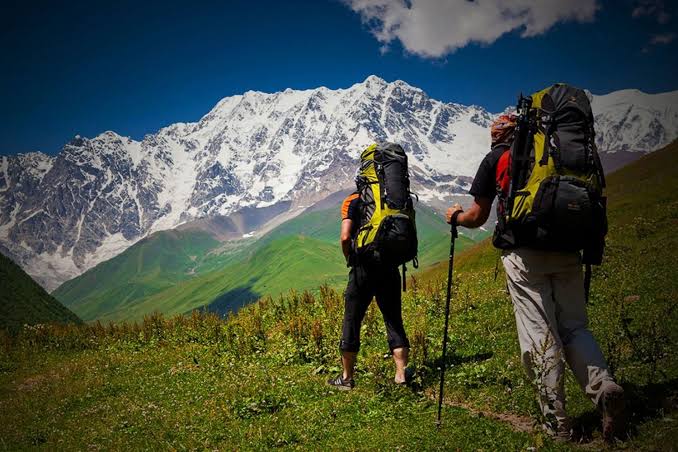
Why Trek the Himalayas?
Trekking in the Himalayas is not just about reaching a destination—it’s about the journey. Here are some reasons why you should consider trekking in the Himalayas:
- Untouched Natural Beauty: The Himalayas offer some of the world’s most stunning landscapes, including lush valleys, alpine meadows, and snow-covered peaks.
- Cultural Encounters: Trekking in these regions allows you to experience the rich culture and traditions of local communities, including the Sherpas of Nepal and the Ladakhis of India.
- Adventure and Challenge: Whether you’re a novice trekker or an experienced mountaineer, the Himalayas have something to offer for every level of adventurer.
- Personal Growth: The challenges of high-altitude trekking and the experience of being in such a majestic environment often lead to profound personal insights and growth.
Top Treks in the Himalayas
Choosing the right trek is crucial to having a memorable Himalayan adventure. Here are some of the best treks in the Himalayas:
1. Everest Base Camp Trek, Nepal
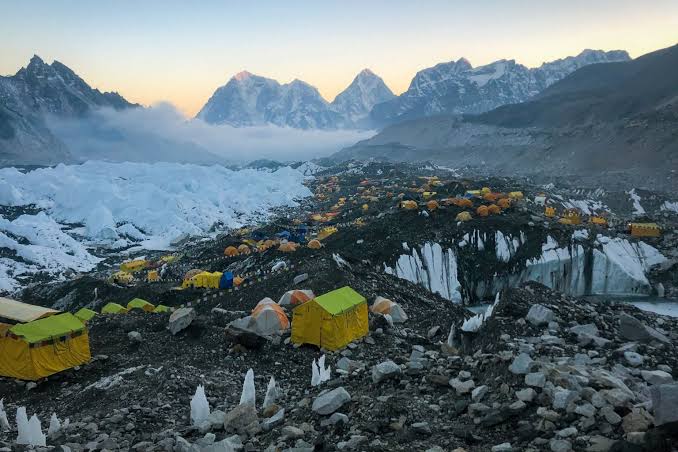
- Overview: This is one of the most famous treks globally, offering a unique opportunity to stand at the foot of the world’s highest peak.
- Route: Lukla – Namche Bazaar – Tengboche – Dingboche – Lobuche – Everest Base Camp.
- Duration: 12-14 days.
- Difficulty: Moderate to Difficult.
- Best Season: March to May and September to November.
2. Markha Valley Trek, Ladakh, India
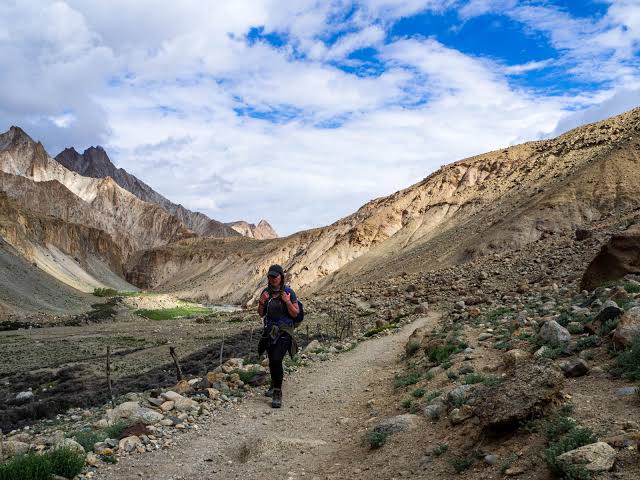
- Highlights: Known for its stark, high-altitude landscapes, this trek passes through remote villages, Buddhist monasteries, and high passes.
- Route: Leh – Chilling – Skiu – Markha – Hankar – Nimaling – Kongmaru La – Shang Sumdo.
- Duration: 6-8 days.
- Difficulty: Moderate.
- Best Season: June to September.
3. Roopkund Trek, Uttarakhand, India
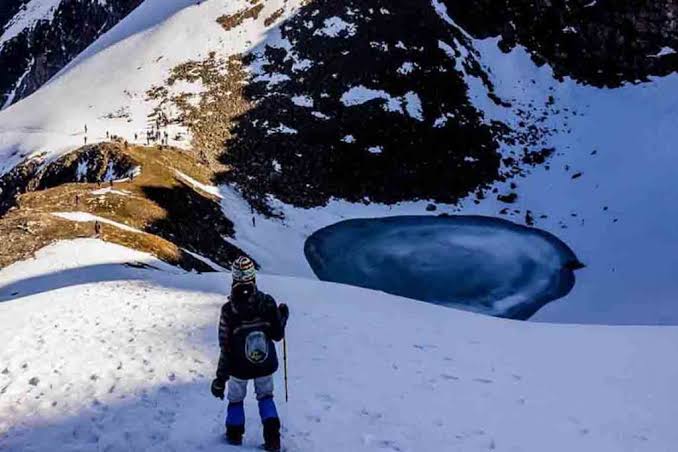
- Overview: This trek is famous for the mystery of the Skeleton Lake, Roopkund, and offers stunning views of the Trishul massif.
- Route: Lohajung – Didna – Ali Bugyal – Ghora Lotani – Bhagwabasa – Roopkund.
- Duration: 7-9 days.
- Difficulty: Moderate to Difficult.
- Best Season: May to June and September to October
4. Chadar Trek, Ladakh, India
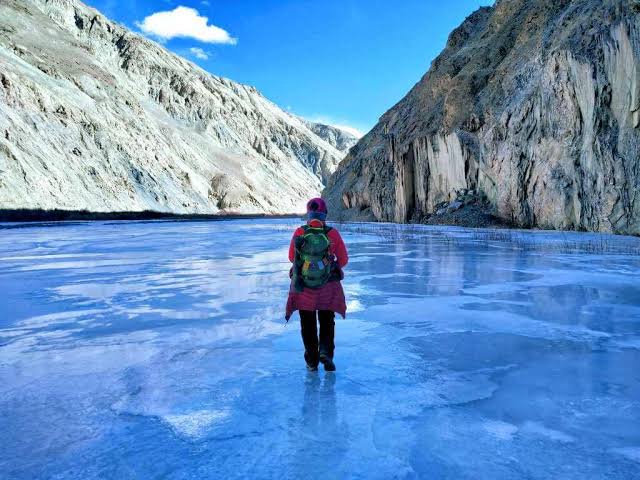
- Highlights: Walking on a frozen Zanskar River is a surreal experience, making it one of the most unique treks in the Himalayas.
- Route: Leh – Chilling – Tilat Sumdo – Shingra Koma – Tibb Cave – Nerak.
- Duration: 6-9 days.
- Difficulty: Difficult.
- Best Season: January to February.
5. Annapurna Circuit Trek, Nepal

- Overview: Known for its diverse landscapes, this trek takes you from lush subtropical forests to arid high-altitude desert.
- Route: Besishahar – Manang – Thorong La Pass – Muktinath – Jomsom.
- Duration: 12-18 days.
- Difficulty: Moderate to Difficult.
- Best Season: March to May and September to November.
Comparison Table of Top Himalayan Treks
| Trek | Duration | Difficulty | Best Season | Key Highlights |
| Everest Base Camp, Nepal | 12-14 days | Moderate to Difficult | March to May, Sept to Nov | Views of Everest, Sherpa culture |
| Markha Valley, Ladakh | 6-8 days | Moderate | June to September | High-altitude desert, Buddhist culture |
| Roopkund, Uttarakhand | 7-9 days | Moderate to Difficult | May to June, Sept to Oct | Skeleton Lake, alpine meadows |
| Chadar, Ladakh | 6-9 days | Difficult | January to February | Walking on a frozen river, remote caves |
| Annapurna Circuit, Nepal | 12-18 days | Moderate to Difficult | March to May, Sept to Nov | Diverse landscapes, high passes |
Preparing for a Himalayan Trek
Preparation is key to a successful trek in the Himalayas. Here’s how you can get ready:
Physical Fitness and Training: Start training at least 2-3 months before the trek. Focus on cardio, strength training, and flexibility exercises. Hiking on uneven terrain with a backpack is highly recommended.
Packing Essentials:
- Clothing: Moisture-wicking base layers, insulated jackets, waterproof pants, and thermal wear.
- Footwear: Waterproof trekking boots with good ankle support.
- Gear: Trekking poles, headlamp, sleeping bag (suitable for sub-zero temperatures), first aid kit.
- Other Essentials: Sunscreen, sunglasses, reusable water bottle, high-energy snacks.
Acclimatization and Health Tips:
- Take rest days to acclimatize, especially at higher altitudes.
- Stay hydrated and avoid alcohol and smoking.
- Learn to recognize signs of Acute Mountain Sickness (AMS) and know how to manage them.
Tips for a Safe and Enjoyable Trek
- Hire a Knowledgeable Guide: A local guide can enhance your experience with their knowledge of the terrain, culture, and safety protocols.
- Eco-Friendly Practices: Follow the “Leave No Trace” principles. Minimize waste, carry reusable items, and avoid single-use plastics.
- Respect Local Cultures: Be mindful of the customs and traditions of the local communities.
Permits and Regulations
Depending on the region, you may need different permits to trek in the Himalayas:
- India: Inner Line Permits (ILP) for certain areas in Ladakh and Sikkim.
- Nepal: TIMS (Trekkers’ Information Management System) card and specific conservation area permits.
- Bhutan: Organized tours are mandatory for trekking, and special permits are required.
Best Time to Trek the Himalayas
- Pre-Monsoon (March to May): Clear skies, moderate temperatures, and blooming rhododendrons make it ideal for treks.
- Post-Monsoon (September to November): Stable weather and clear views of the snow-capped peaks. Best time for trekking in Nepal and northern India.
- Winter (December to February): Suitable for lower-altitude treks; high passes and remote routes are often closed due to snow.
- Monsoon (June to August): Not recommended due to landslides and leeches, except for regions like Ladakh, which are relatively dry.
Trekking Companies and Guided Tours
For a hassle-free trekking experience, consider booking through reputable trekking companies. Guided tours provide local expertise, safety, and logistical support. Here are some reputable companies to consider:
- G Adventures
- Indiahikes
- Intrepid Travel
- Himalayan Glacier Trekking
Budgeting for a Himalayan Trek
- Trekking Permits: Rs 800 to Rs 4000 depending on the region.
- Guides and Porters: Rs 800 to Rs 3200 per day.
- Accommodation and Meals: Rs 800 to Rs 4000 per day.
- Gear Rentals: Rs 4000 to Rs 8000 for basic gear.
- Total Estimated Cost: Rs 40,000 to Rs 1,60,000 depending on the trek and services chosen.
BOOK Hampta Pass Trek NOW AT 6499/- INRONLY @2024
Set Out on Your Himalayan Adventure
Trekking the Himalayas is an adventure like no other. The challenge, beauty, and serenity of these mountains can transform you in ways you never imagined. Whether you’re a seasoned trekker or a beginner, the Himalayas have something for everyone. Lace up your boots, pack your bags, and set out on a journey that promises memories of a lifetime.
Also Read : 9 Stunning Hill Stations Near Omkareshwar That Will Amaze You (And 1 You Should Skip)

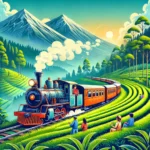
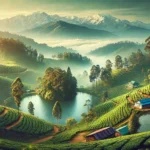
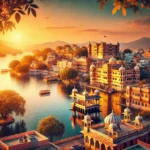


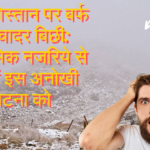
5 thoughts on “15 Jaw-Dropping Reasons to Trek the Himalayas: Avoid Regrets and Experience the Adventure of a Lifetime”